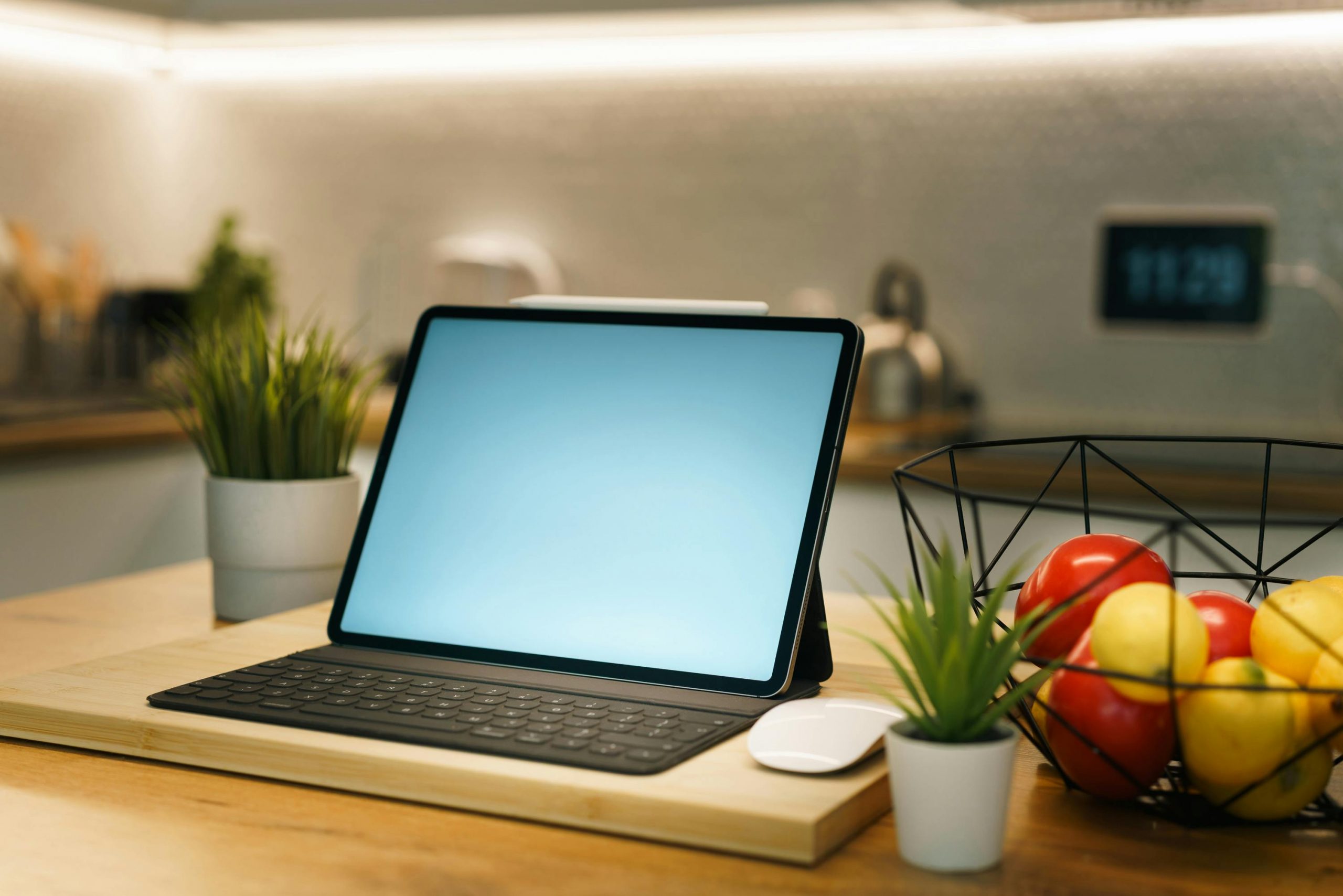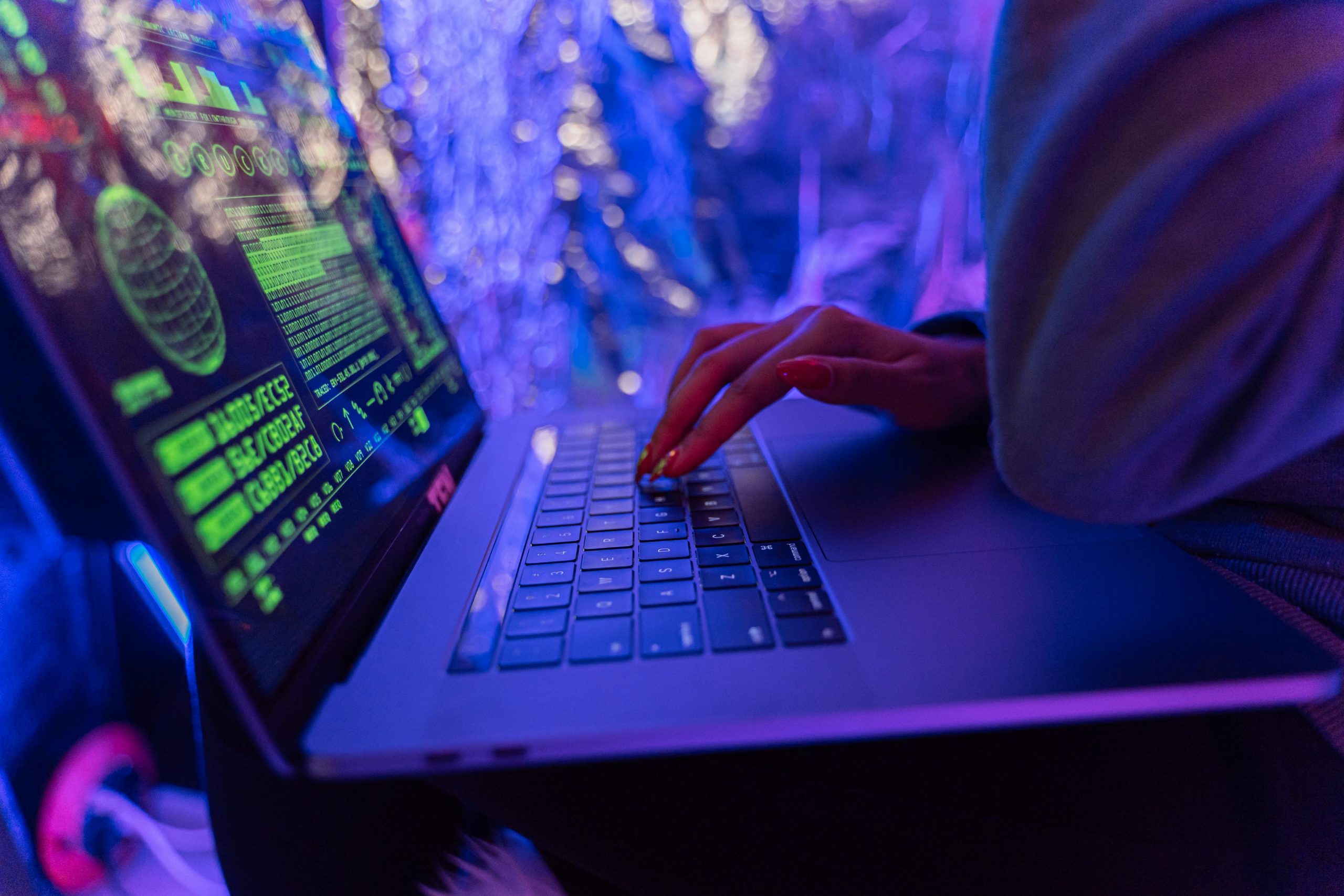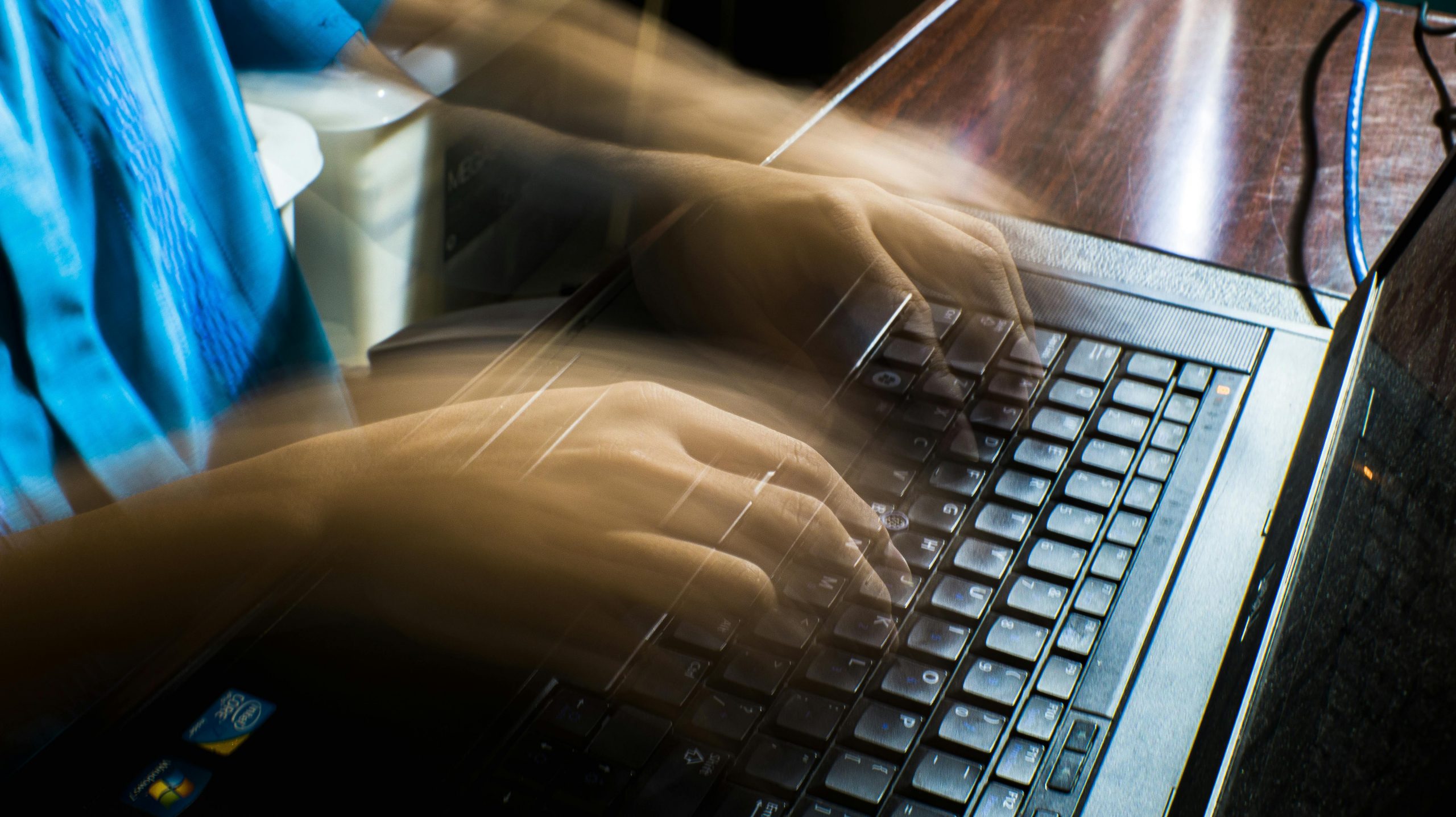Is your computer running slower than it used to? Whether you use a desktop, laptop, or a hybrid device, a slow computer can hinder your productivity and frustrate your workflow. Fortunately, there are plenty of steps you can take to get your system back up to speed. This article will guide you through practical solutions on how to make your computer faster, whether you’re using a laptop or desktop.
Why Is My Computer Slow?
Before we dive into solutions, let’s first understand what might be causing your computer to slow down. Some common reasons include:
- Too many background processes: Multiple apps and processes running simultaneously can eat up your computer’s resources, especially RAM and CPU.
- Outdated software or hardware: Old software or an aging system can lead to inefficiencies, preventing your computer from running smoothly.
- Limited storage space: When your computer’s hard drive is full, it struggles to operate at full speed.
- Malware and unnecessary bloatware: Viruses, adware, or pre-installed apps that you don’t use can consume valuable system resources.
Now that we understand why your computer might be slow, let’s explore how to make your computer faster.
1. Restart Your Computer

Sometimes, all your computer needs is a simple restart. Restarting your system clears out temporary files and resets any processes that could be eating up resources. It gives your computer a fresh start, which can significantly improve performance.
2. Free Up Disk Space
When your hard drive is nearing full capacity, it can drastically slow down your computer. A full drive prevents your operating system from using space for temporary files, virtual memory, and system updates. Freeing up space can improve your computer’s speed.
How to Free Up Disk Space:
- Delete unnecessary files: Regularly clean up old documents, downloads, and media files.
- Use Disk Cleanup (Windows): On Windows, you can use the built-in Disk Cleanup tool to remove temporary files, system files, and empty your Recycle Bin.
- Uninstall unused apps: Both Windows and Mac allow you to uninstall programs you no longer need.
- Consider external storage: Move large files, like photos and videos, to an external hard drive or cloud storage.
3. Upgrade Your RAM
Upgrading your computer’s RAM (Random Access Memory) can give it a significant performance boost. More RAM allows your computer to handle multiple tasks and programs at once, preventing slowdowns due to memory constraints.
How Much RAM Should You Have?
- 4GB of RAM: Suitable for basic tasks like browsing, word processing, and light multitasking.
- 8GB of RAM: Ideal for moderate multitasking, video streaming, and casual gaming.
- 16GB of RAM or more: Perfect for high-end gaming, video editing, and professional design or development work.
If your computer is running low on RAM, adding more could be an excellent solution to make it faster.
4. Clear Your Computer’s Cache
Browsers, apps, and even your operating system store temporary files to help speed up their functions. However, over time, these files can accumulate and take up significant space, leading to performance issues. Clearing your cache can free up space and improve your computer’s speed.
How to Clear Your Cache:
- Web browsers: In your browser settings, look for an option to clear browsing data or cache. This helps free up space and can resolve any issues related to loading web pages.
- Applications: Many programs allow you to clear cache through their settings, which can prevent them from slowing down.
- System cache (Windows): Use the built-in Disk Cleanup tool or manually clear temporary files via the settings.
5. Disable Startup Programs
Many programs are set to launch automatically when you start your computer. While some are necessary, others may just be using resources without providing any benefit. Disabling unnecessary startup programs can improve your system’s boot time and overall performance.
How to Disable Startup Programs:
- Windows: Press Ctrl + Shift + Esc to open the Task Manager, go to the “Startup” tab, and disable programs you don’t need.
- Mac: Go to “System Preferences” > “Users & Groups” > “Login Items” and remove unnecessary apps.
6. Keep Your Operating System Updated
Regular updates not only improve the security of your system but also enhance performance. Software updates fix bugs, patch vulnerabilities, and sometimes optimize features that can improve your computer’s efficiency.
How to Update Your Computer:
- Windows: Go to “Settings” > “Update & Security” > “Windows Update” to check for updates.
- Mac: Go to “System Preferences” > “Software Update” to download the latest macOS updates.
7. Scan for Malware and Unwanted Software

Malware, adware, and unnecessary software (bloatware) can consume system resources, making your computer slower. Running a malware scan and removing any unwanted software can help improve your computer’s performance.
How to Scan for Malware:
- Windows: Use Windows Defender or install third-party antivirus software, like Malwarebytes or Norton.
- Mac: While less prone to viruses, Mac users should still use antivirus software to check for malware.
8. Optimize Your Hard Drive (Defragmentation)
If you’re using a traditional hard drive (HDD), defragmenting it can help optimize the storage by organizing fragmented data. This makes it easier for your computer to access files more quickly, improving overall performance. However, this doesn’t apply to solid-state drives (SSDs), which don’t need defragmentation.
How to Defragment Your Hard Drive:
- Windows: Go to “Control Panel” > “System and Security” > “Optimize Drives,” select your drive, and click “Optimize.”
- Mac: macOS automatically optimizes drives, so manual defragmentation isn’t necessary.
9. Turn Off Visual Effects
While animations and transparent windows look nice, they can use up system resources. Disabling unnecessary visual effects can give your computer’s performance a noticeable boost.
How to Turn Off Visual Effects:
- Windows: Right-click on “This PC” > “Properties” > “Advanced system settings.” Under “Performance,” select “Settings” and choose “Adjust for best performance.”
- Mac: Go to “System Preferences” > “Accessibility” and turn off transparency and other visual effects.
10. Upgrade to a Solid-State Drive (SSD)
Switching from a traditional hard drive (HDD) to an SSD can drastically improve your computer’s performance. SSDs are faster, more durable, and significantly speed up boot times, application loading, and file transfers.
Benefits of an SSD:
- Faster boot-up times
- Quicker access to files and applications
- More durable than HDDs (no moving parts)
If your computer still uses an HDD, upgrading to an SSD is one of the most effective ways to speed it up.
How to Make Your Laptop Faster
While the tips above apply to both desktops and laptops, there are a few additional steps you can take to specifically speed up your laptop. Laptops are often more prone to performance issues due to their compact design and less powerful hardware. If you’re asking “why is my laptop so slow?”, it could be due to a variety of factors, such as limited storage, outdated software, or too many background processes. Here’s how to make your laptop faster:
- Limit background tasks: Laptops often have limited RAM and CPU power. Close apps or programs you aren’t using.
- Reduce battery saver settings: While it’s important to conserve battery, some settings can throttle performance. Make sure you’re not sacrificing speed for battery life unless absolutely necessary.
- Keep it cool: Overheating can cause a slowdown. Ensure your laptop’s vents are clean and unobstructed, and consider using a cooling pad.
Key Takeaways on How to Make Your Computer Faster
If you’ve been frustrated by a sluggish computer, you’re not alone. Thankfully, there are several simple yet effective ways to tackle slowdowns and boost your computer’s performance, whether you’re using a desktop, laptop, or hybrid device. From freeing up disk space and upgrading your RAM to cleaning your cache and updating your software, these practical solutions will help you optimize your system for speed and efficiency.
Remember, regular maintenance is key to keeping your computer running at its best. Don’t wait for performance issues to pile up—start implementing these tips today! Whether you’re dealing with a full hard drive, malware, or an aging system, there’s always something you can do to make your computer faster.

